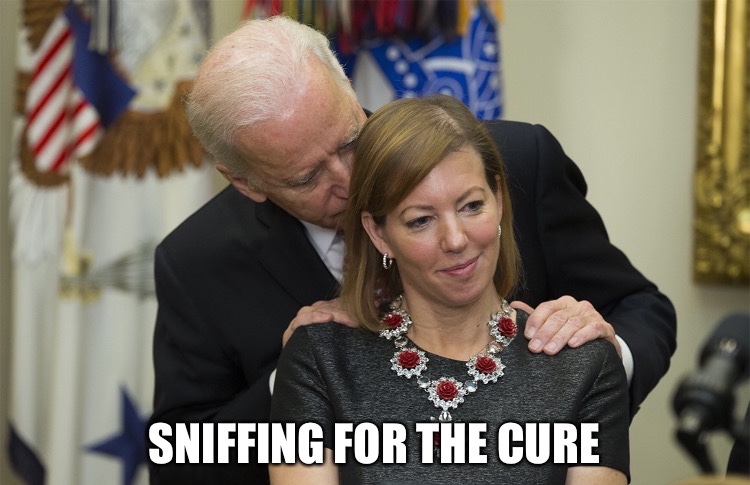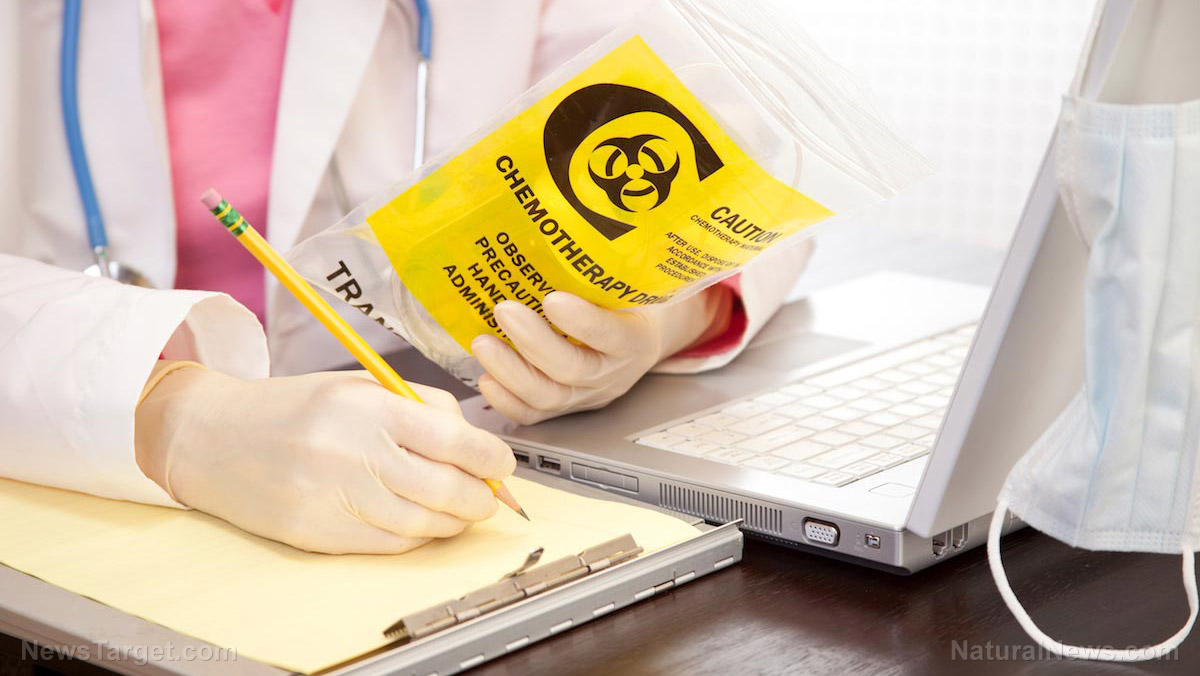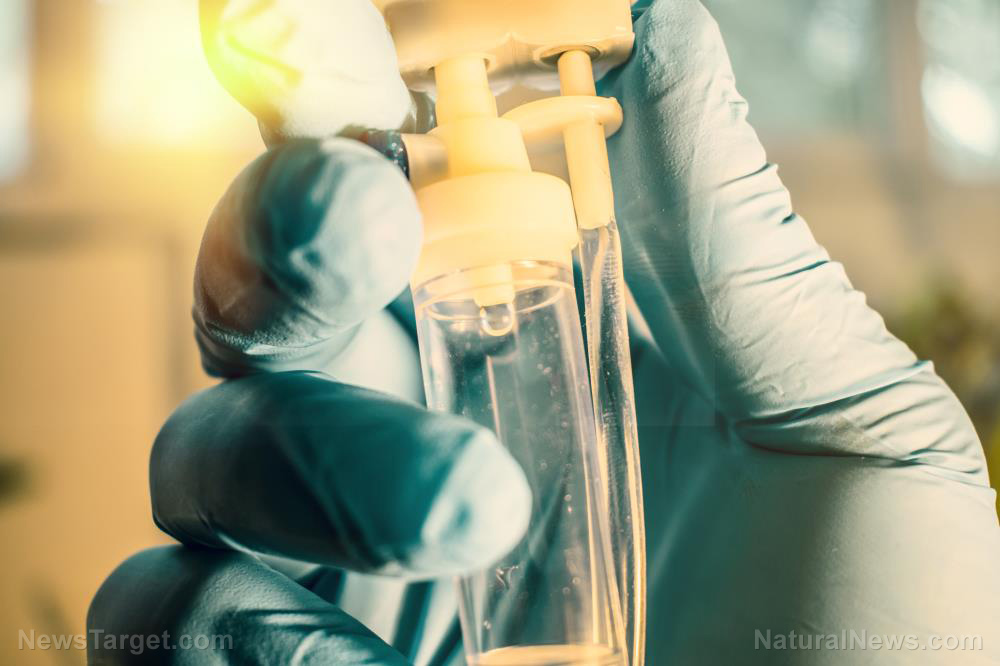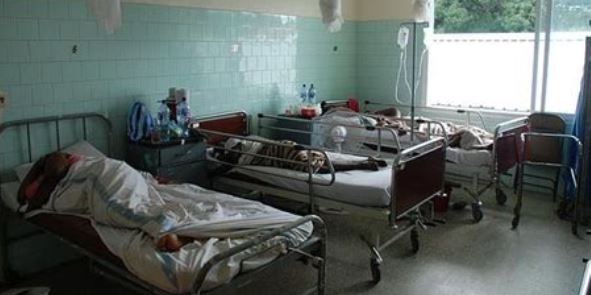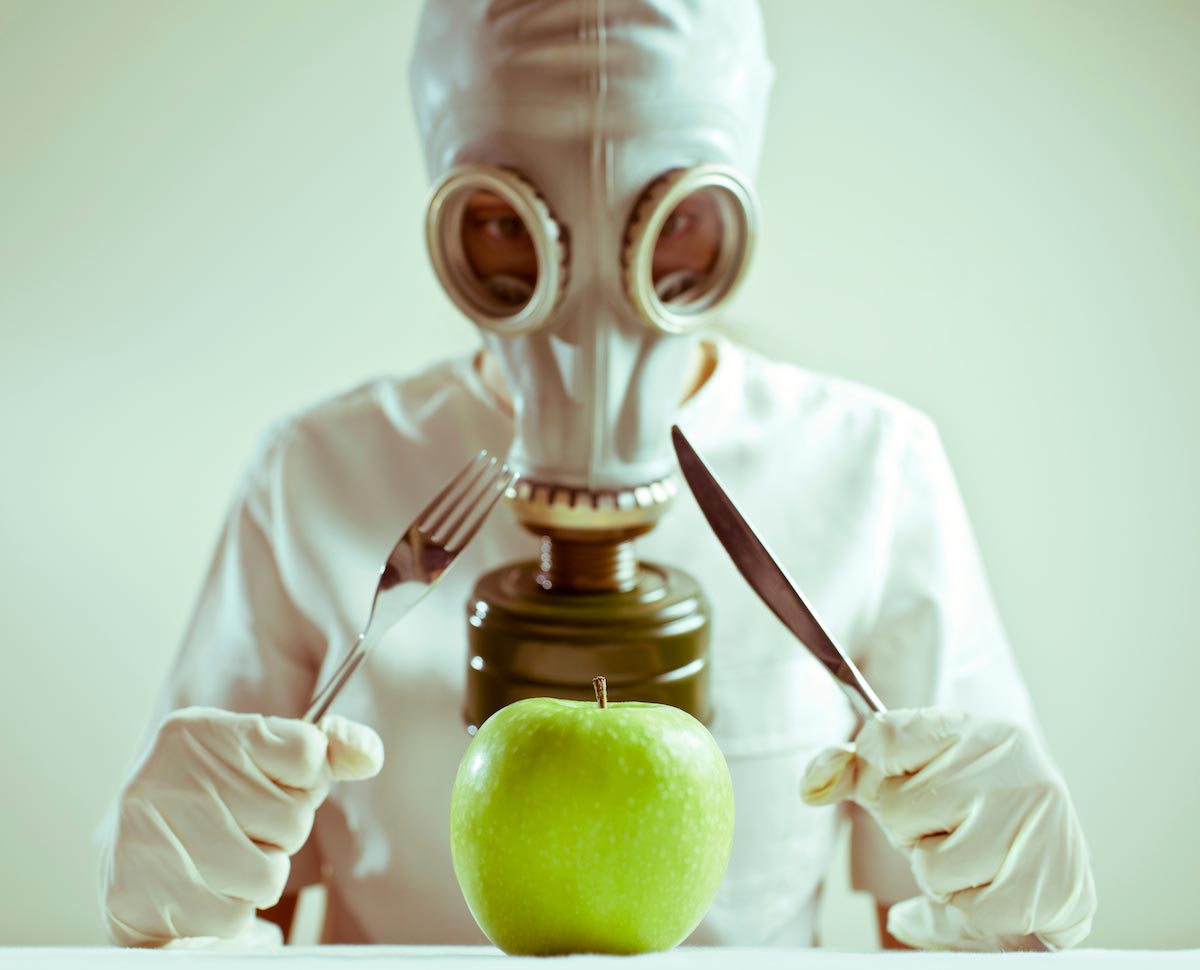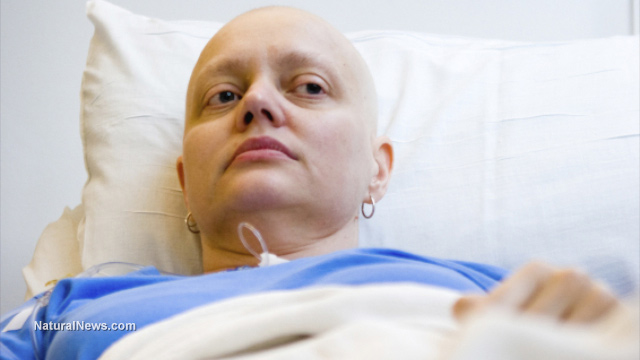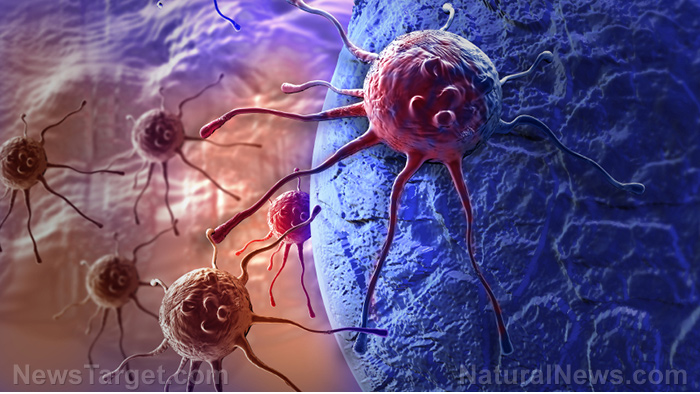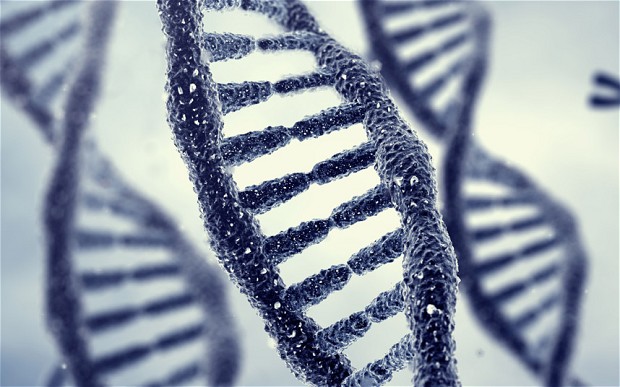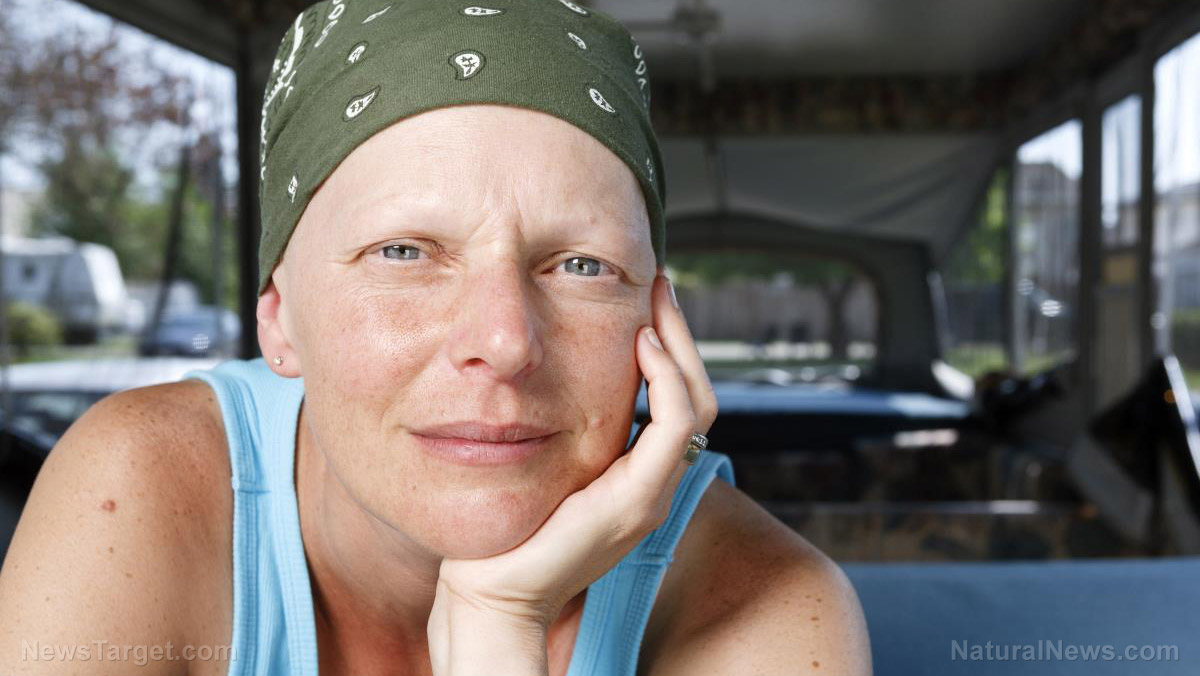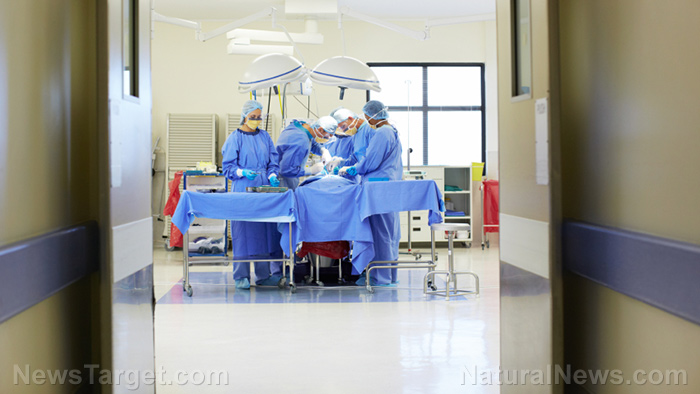According Peter Glidden, chemotherapy fails to work 97% of the time. Also, he claims that oncologists can pocket close to $4,000 for prescribing chemotherapy to one patient.
Carcinodisengenuous
08/02/2016 / By cancerscams
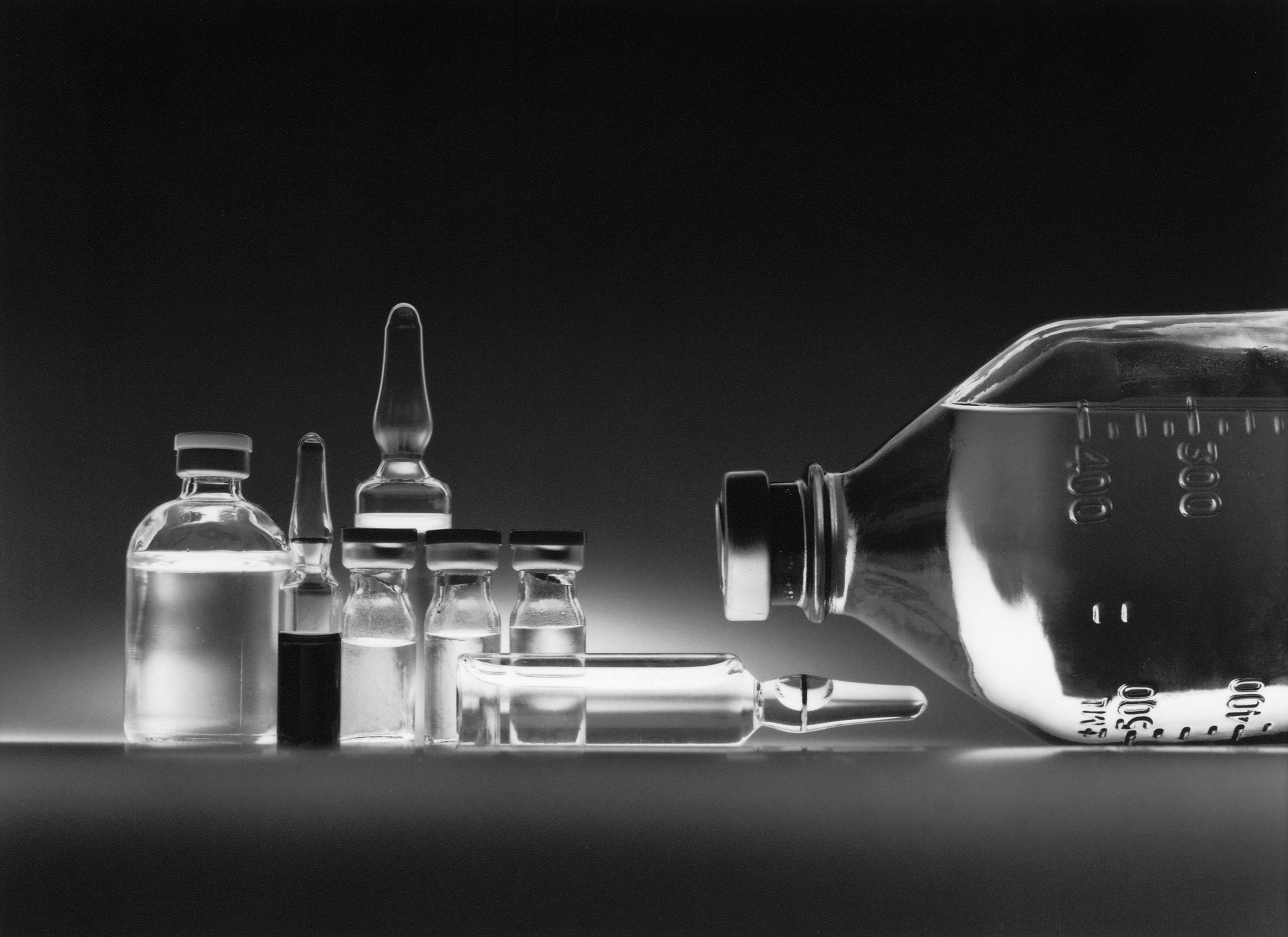
CLAIM: Dr. Hardin B. Jones recently revealed that chemotherapy doesn’t work 97% of the time, and doctors only recommend it to get kickbacks.
(Article by Kim LaCapria)
FALSE
EXAMPLE: [Collected via e-mail, June 2016]
ORIGIN:In June 2016 several alternative health and conspiracy blogs published posts claiming that a Berkeley doctor had recently “blown the whistle” on chemotherapy as a treatment for cancer, revealing that it doesn’t work 97% of the time and is only recommended due to practitioner greed (i.e., oncologists get kickbacks from suppliers).
Most of those posts featured a video published to YouTube under the title “Chemotherapy Does NOT Work 97% of the Time and Kills 97% of the Time,” a five-minute clip featuring a conversation between an interviewer and naturopathic physician Peter Glidden (in which the latter misrepresented a study to claim that “chemotherapy kills an average 97% of cancer patients”) and cited the work of a Dr. Hardin Jones:
One aspect of note is that the clip was published to YouTube in May 2014, but identical blog posts trumpeting it as a bombshell showing a doctor “blowing the lid off the scam of chemotherapy” weren’t published by AnonHQ and RealFarmacy until 8 June 2016 and 10 June 2016, respectively:
People who refuse chemotherapy treatment live on average 12 and a half years longer than people who undergo chemotherapy, says Dr. Jones.
According to recent statistics, approximately 1 in 2 men and 1 in 3 women will develop cancer in their lifetimes. This saddening reality is made worse when it is acknowledged that modern methods of ‘treating’ the disease are often ineffective and only make the symptoms of the disease worse. In fact, according to one Berkeley doctor, chemotherapy doesn’t work 97% of the time.
In the eye-opening video above, Dr. Hardin B. Jones, a former professor of medical physics and physiology at the University of California, Berkeley, discusses how ‘leading edge’ cancer treatment is a sham.
He has personally studied the life expectancy of patients for more than 25 years and has come to the conclusion that chemotherapy does more harm than good. The bone-chilling realization prompted Dr. Jones to speak out against the billion-dollar cancer industry.
“People who refused chemotherapy treatment live on average 12 and a half years longer than people who are undergoing chemotherapy,” said Dr. Jones of his study, which was published in the New York Academy of Science.
“People who accepted chemotherapy die within three years of diagnosis, a large number dies immediately after a few weeks.”
According to the physician, the only reason doctors prescribe chemotherapy is because they make money from it. Such an accusation doesn’t seem unreasonable, as cancer treatment runs, on average, between $300,000 — $1,000,000 per treatment.
Is any of this true? First off, as David Gorski wrote for Science-Based Medicine, such claims about chemotherapy by alternative medicine practitioners and aficionados are quite common and are typically misleadingly based on cherry-picked statistics, misunderstandings (or misrepresentations) of how chemotherapy works, and a focus on chemotherapy’s very visible drawbacks rather than its (less-obvious) successes:
If there’s one medical treatment that proponents of “alternative medicine” love to hate, it’s chemotherapy. Rants against “poisoning” are a regular staple on “alternative health” websites, usually coupled with insinuations or outright accusations that the only reason oncologists administer chemotherapy is because of the “cancer industrial complex” in which big pharma profits massively from selling chemotherapeutic agents and oncologists and hospitals profit massively from administering them. Usually, they boil down to two claims: (1) that chemotherapy doesn’t work against cancer (or, as I’ve called it before, the “2% gambit“) and (2) that the only reason it’s given is because doctors are brainwashed in medical school or because of the profit motive or, of course, because of a combination of the two. Of course, the 2% gambit is based on a fallacious cherry picking of data and confusing primary versus adjuvant chemotherapy, and chemotherapy does actually work rather well for many malignancies, but none of this stops the flow of misinformation.
Chemotherapy, not surprisingly, is easy to demonize. There are few treatments that cause such odious side effects, and when taken to its fullest extreme, such as complete ablation of a cancer patient’s bone marrow in preparation for a bone marrow transplant, chemotherapy can be brutal. It’s also true that for advanced solid malignancies, it only tends to produce palliation or a prolongation in survival, not a cure, and people with cancer want a cure. Palliation just isn’t that appealing, for obvious reasons. When people think of chemotherapy, they think of hair falling out, nausea and vomiting, fatigue, and death. Since chemotherapy is often given for more advanced malignancies, it’s sometimes hard to tell how many of these symptoms (other than the hair loss) are due to the cancer and how much they are due to side effects of the chemotherapy, and many people incorrectly blame chemotherapy for the deaths of their loved ones with cancer. Also, because, like radiation therapy, chemotherapy is often given in the adjuvant setting (i.e., in addition to curative surgery in order to decrease the risk of recurrence and death), it’s very easy to produce stories in which people with cancer refuse chemotherapy and/or radiation therapy after surgery and attribute their survival not to the conventional therapy (surgery) but to whatever quackery they chose to use. When used in early stage cancer, although its relative efficacy can seem large, for example a 30% decrease in the risk of dying, if the risk of dying of cancer is only 10% to begin with, that’s only a 3% survival benefit on an absolute basis.
In reality, the use of alternative medicine instead of effective treatment for cancer, where it’s been studied, is always associated much poorer survival, even in pancreatic cancer, for which conventional treatments don’t do so well. Still, among the treatments in the “cut, poison, burn” terminology that believers in alternative medicine like to use to describe conventional cancer therapy, it is the “poison” that causes the most fear and is most viciously demonized in the alt-med “literature.”
As well, the key information that none of these alternative health sites presented regarding Dr. Hardin’s statements on the efficacy of chemotherapy was that they were based on work published in theTransactions of the New York Academy of Sciences way back in 1956, and a paper (not a study) titled “A Report on Cancer” that he presented at a science writers’ conference on 7 March 1969. All of this material is fifty to sixty years out of date, and Hardin himself passed away in 1978, so even if he had researched cancer and chemotherapy until his dying days, all of his findings would now be upwards of forty years old. In the field of medical science that’s a huge time difference, as exemplified by the plethora of now standard medical technologies that didn’t emerge until 1978 or later: in vitro fertilization, MRI machines, the identification of HIV, hepatitis vaccines, the first draft of the human genome, etc.
But even back in the 1950s and 1960s, Dr. Hardin’s conclusions were highly questionable due to his use of old and flawed studies as their basis:
Hardin Jones was working with data from very early in the last century, mainly from four studies containing the remarkable numbers of 651, 100, 64, and 100 untreated breast cancer patients along with a treated group. These were published in 1926 (!), 1937, (no reference given), and 1937 respectively. With the advanced cancers generally treated in those days, it is likely that most of these patients would be incurable even today.
None of the studies he examined were properly controlled trials. Well-planned clinical studies of any kind were still rare in those times, and it would also have been quite unethical even then to randomise very destructive cancers to a “no treatment” group, as demanded by any reliable comparison of treated with untreated patients.
Where, then, did the untreated patients come from? They were those who “refused operation or who had already advanced to an inoperable state.” There are innumerable possible misleading influences in such studies.
Moreover, our understanding of cancer and its treatment has advanced greatly since Dr. Hardin’s days. Although what he said sixty years ago may have had at least some element of supportable plausibility to it, that information is now woefully out of date and has been supplanted by additional research and a superior understanding of cancer that has been developed in the last several decades:
Hardin Jones’ views (the documented ones, as opposed to the alleged ones) were actually not far off the planet once he is placed in the context of his times. It happens that in the late fifties and early sixties there was some ‘therapeutic nihilism’ in relation to the treatment of cancer, especially breast cancer [on which he focused].
Despite numerous trials of different surgical operations for breast cancer, with and without radiotherapy, survival rates stayed frustratingly much the same (chemotherapy was still in its infancy and not mentioned at all in [his 1956 paper] — another area where truth seems to have been dealt with rather loosely).
In addition, death rates of treated breast cancer patients did not seem to level out at those of the normal population at five or even ten years, as might be expected if patients surviving for that long were likely to be then cured.
Hardin Jones used this and other data to build a whole statistical theory proposing that ” … the death rate for all kinds of cancer remains nearly fixed from the moment when cancer is identified …”
It was becoming apparent to oncologists that breast cancer could metastasise (spread to distant parts of the body) much earlier than generally thought, and that, rather unusually among cancers, the tiny occult (hidden) metastases could remain dormant for years before making themselves known. Breast cancer patients thus had to be followed up for very much longer than the usual five or ten years before they could be pronounced cured, and on the data available at that time it was difficult to know how many were being permanently cured. The biology of the disease, rather than the treatment, appeared to be the main determinant of survival.
While Hardin Jones was part right, his data and his overly pessimistic views are very much a product of his times.
One obvious indication of this is that the overall five year survival from breast cancer in the studies he examined was a dreadful 25%, whereas NCI statistics for 2002 give an overall (all comers) five year survival of about 80%. Some of this difference will be simply due to “lead time bias” (i.e., longer survival simply due to most cases being diagnosed earlier in the course of their illness, but it illustrates the very different times.
Finally, although chemotherapy undeniably causes bad side effects in many cases, doesn’t work well for some forms of cancer, and may be over-recommended by some practitioners, its benefits (especially in cases of breast cancer) are undeniable:
The bottom line is that, contrary to what you will hear from cranks and alt-med supporters who believe in “alternative” cancer cures, in the case of early stage breast cancer, chemotherapy saves lives. In women with breast cancer, it decreases the risk of their dying from breast cancer by approximately one-third. This is nothing to sneeze at, as it means thousands upon thousands of women who would have died but did not, thanks to chemotherapy. This study simply represents yet another in a long line of studies, another strand in the web of evidence that support the efficacy of chemotherapy in prolonging the lives of women with breast cancer. It’s not perfect, and it has a lot of potential complications, but it works. This is but one example.
Indeed, as [Vincent DeVita, one of the pioneers of chemotherapy] points out, besides its well-demonstrated role in treating hematological malignancies, chemotherapy now has a role in the primary treatment of advanced malignancies such as bladder cancer, breast cancer, cervical cancer, colorectal cancer, esophageal cancer, gastric cancer, head and neck cancer, nasopharyngeal cancer, non-small cell lung cancer, ovarian cancer, pancreatic cancer, and prostate cancer. It’s also used to prolong survival in the adjuvant setting for breast cancer, colorectal cancer, cervical cancer, gastric cancer, head and neck cancer, pancreas cancer, melanoma, non-small cell lung cancer, osteogenic sarcoma, and ovarian cancer.
I realize that chemotherapy is imperfect and doesn’t work well for a lot of cancers. Many of the drugs cause bad side effects, and, as I’ve explained before, in the adjuvant setting you have to treat a lot of patients to benefit relatively few. I also realize that chemotherapy is sometimes oversold. At the same time, I also know that now is the best time there has ever been for treating cancer with drugs. Targeted agents allow us to attack more precisely the molecular derangements driving cancer growth with lower toxicity. Molecular profiling is paving the way for precision medicine, in which someday (or so we hope) we will be able to target treatments to the specific abnormalities in a specific patient’s tumor.
Tagged Under: cancer treatments, fraud
RECENT NEWS & ARTICLES
COPYRIGHT © 2017 CANCER SCAMS

